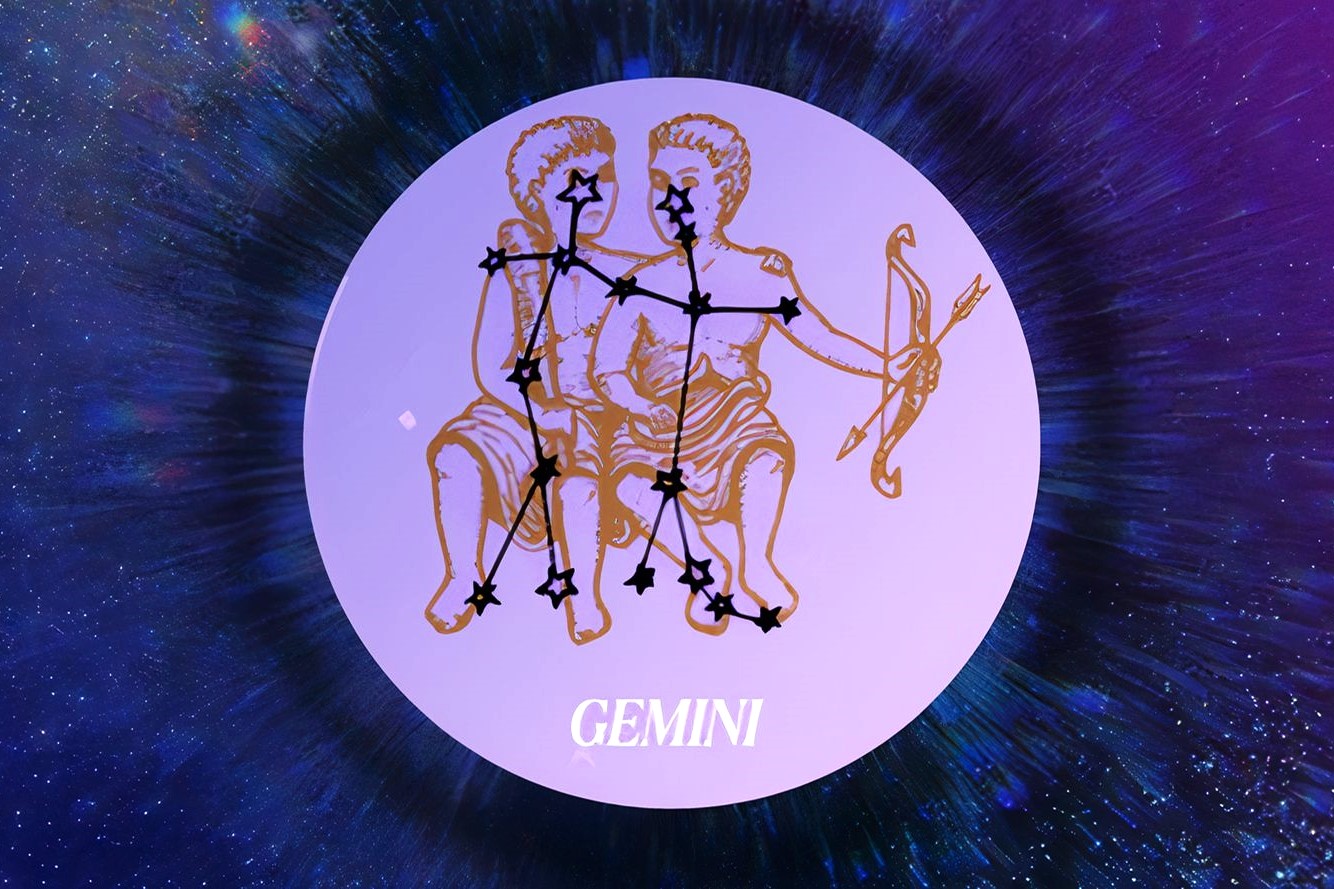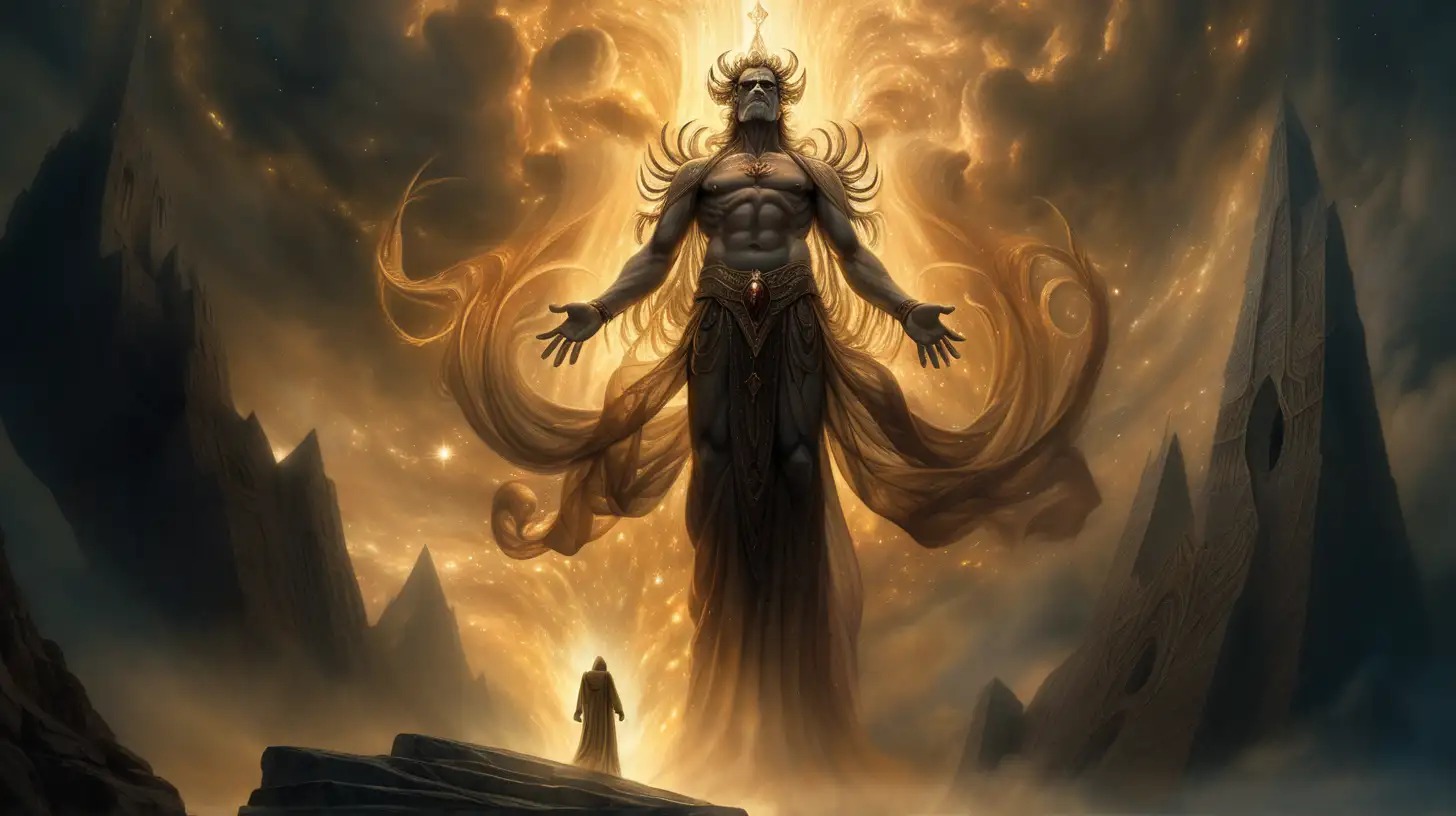Home>History>The Surprising Origin Of The Term ‘May-December Romance’


History
The Surprising Origin Of The Term ‘May-December Romance’
Published: February 21, 2024
Discover the intriguing history behind the term 'May-December Romance' and its surprising origins. Explore the fascinating backstory of this timeless expression.
(Many of the links in this article redirect to a specific reviewed product. Your purchase of these products through affiliate links helps to generate commission for Noodls.com, at no extra cost. Learn more)
Table of Contents
Introduction
The term "May-December romance" evokes a sense of intrigue and curiosity, conjuring images of unconventional relationships that transcend age disparities. This captivating phrase has permeated popular culture, finding its way into literature, films, and everyday conversations. Despite its widespread usage, the origin and historical context of this evocative term remain shrouded in mystery.
As we delve into the intricate tapestry of history, literature, and societal norms, we unravel the fascinating story behind the "May-December romance." From its literary inception to its modern-day implications, this term has undergone a remarkable evolution, reflecting the shifting perceptions of love, companionship, and societal expectations.
Join us on a journey through time as we uncover the surprising origins and cultural significance of the "May-December romance." Delve into the pages of literature, explore the nuances of historical contexts, and witness the enduring allure of this timeless concept. Let's embark on a captivating exploration of a term that transcends mere words, encapsulating the complexities of human emotions and the timeless pursuit of love.
Read more: The Surprising Origins Of The Term ‘Memaw’
The Term "May-December Romance" Defined
The term "May-December romance" encapsulates a unique and evocative concept within the realm of relationships. It refers to a romantic involvement between individuals who exhibit a significant age gap, typically with the implication that one partner is notably older than the other. This phrase vividly captures the essence of such unions, portraying a stark contrast between the youthful vitality associated with the month of May and the serene wisdom often attributed to the winter years of December.
In the context of this term, "May" symbolizes the bloom of youth, exuberance, and the freshness of spring, while "December" represents the twilight years, maturity, and the contemplative aura of winter. The dichotomy between these two distinct periods of life forms the crux of the term, emphasizing the striking dissimilarity in age and life experiences between the individuals involved in such relationships.
A May-December romance is characterized by the intriguing interplay of generational disparities, where one partner may possess a wealth of life experiences, wisdom, and established accomplishments, while the other exudes youthful energy, optimism, and a sense of unbridled potential. This contrast often gives rise to complex dynamics within the relationship, shaping the interactions, perspectives, and societal perceptions associated with such unions.
While the term "May-December romance" primarily denotes a romantic involvement, it also extends beyond the realm of romantic relationships, encompassing friendships, mentorships, and familial connections characterized by significant age differentials. This broadened scope underscores the pervasive influence of age dynamics in shaping human interactions and underscores the enduring relevance of this evocative term in various facets of life.
In essence, the term "May-December romance" serves as a poignant encapsulation of the intricate interplay between age, experience, and the multifaceted nature of human connections. It evokes a sense of curiosity, contemplation, and a nuanced understanding of the complexities inherent in relationships that transcend conventional age boundaries. As we navigate the historical and literary origins of this term, we gain profound insights into the enduring fascination and cultural significance of May-December romances.
The Literary Origin of the Term
The origins of the term "May-December romance" can be traced back to the rich tapestry of literary works that have intricately woven this evocative concept into the fabric of storytelling. One of the earliest documented instances of this term can be found in Geoffrey Chaucer's timeless masterpiece, "The Canterbury Tales," written in the late 14th century. Within this literary classic, Chaucer artfully portrays the complexities of human relationships, delving into the nuances of love, desire, and the interplay of age dynamics.
Chaucer's character, the Wife of Bath, embodies the essence of a May-December romance, encapsulating the spirited vivacity of youth juxtaposed with the seasoned wisdom of age. Her vibrant persona and unabashed pursuit of love and autonomy serve as a compelling testament to the enduring allure of age-defying connections. Through the Wife of Bath's narrative, Chaucer deftly explores the intricacies of romantic entanglements that transcend societal norms, laying the foundation for the conceptual framework of the May-December romance.
Moving forward in literary history, the renowned playwright William Shakespeare further perpetuated the motif of age-disparate relationships in his celebrated works. In "The Winter's Tale," Shakespeare masterfully weaves a tale of love, betrayal, and redemption, interwoven with the poignant portrayal of a May-December romance. The character of Leontes, consumed by jealousy and irrational suspicion, stands in stark contrast to the youthful vibrancy and unwavering loyalty embodied by Perdita, his much younger love interest. This stark dichotomy of age and temperament imbues the narrative with profound depth, reflecting the timeless appeal and inherent complexities of intergenerational love.
The literary landscape continued to evolve, with authors across diverse genres and epochs exploring the theme of May-December romances in their works. From the thought-provoking prose of Jane Austen to the poignant verses of Pablo Neruda, the portrayal of age-disparate relationships has left an indelible mark on literary expressions of love, desire, and human connection. These literary depictions have not only shaped the cultural perception of May-December romances but have also contributed to the enduring fascination and contemplation surrounding such unconventional unions.
As we immerse ourselves in the literary origins of the term "May-December romance," we bear witness to the profound impact of storytelling in perpetuating and immortalizing the timeless allure of age-defying love. The intricate interplay of characters, emotions, and societal dynamics within these literary works has bestowed upon the term a depth of meaning that transcends mere words, resonating with readers across generations and cementing its status as a captivating and enduring concept in the literary realm.
The Historical Context of May-December Romances
The historical context of May-December romances is deeply intertwined with the societal norms, cultural mores, and prevailing attitudes towards relationships across different epochs. Throughout history, the dynamics of age-disparate unions have been shaped by a myriad of factors, including power differentials, societal expectations, and evolving perspectives on love and companionship.
In ancient civilizations, such as ancient Greece and Rome, age disparities in relationships were often prevalent, reflecting the hierarchical structure of society. It was not uncommon for older men, particularly those in positions of power and influence, to form unions with significantly younger women, often for strategic alliances or to assert dominance. These unions underscored the unequal power dynamics and the instrumental nature of such relationships, highlighting the influence of societal structures on the formation of age-disparate romances.
During the medieval era, the concept of courtly love emerged as a prominent cultural ideal, emphasizing the romantic pursuit of unattainable or forbidden love. This notion often transcended age boundaries, giving rise to narratives of chivalric knights enamored with younger noblewomen. The portrayal of age-disparate romances in medieval literature and art reflected the romanticized ideals of love and devotion, often juxtaposed against the constraints of social conventions and familial expectations.
As societies transitioned into the Renaissance and Enlightenment periods, the exploration of human emotions and relationships gained prominence in artistic and philosophical discourse. The portrayal of May-December romances in literary works and artistic expressions reflected the evolving perceptions of love, desire, and the complexities of intergenerational connections. The thematic exploration of age disparities in relationships served as a lens through which societal attitudes towards love, marriage, and individual autonomy were scrutinized and challenged.
The Victorian era witnessed a resurgence of traditional values and moral standards, shaping the societal expectations surrounding romantic relationships. Age disparities in unions were often viewed through the lens of propriety and social decorum, with emphasis placed on the preservation of familial lineage and societal reputation. The portrayal of May-December romances in literature during this period often reflected the tensions between personal desires and societal constraints, encapsulating the enduring struggle between passion and societal expectations.
Throughout the 20th century and into the modern era, the historical context of May-December romances has continued to evolve, reflecting shifting attitudes towards age, gender, and individual autonomy. The portrayal of age-disparate relationships in contemporary literature, films, and popular culture has provided a platform for nuanced explorations of love, companionship, and the complexities of intergenerational dynamics.
The historical context of May-December romances serves as a compelling testament to the enduring influence of societal norms, cultural ideals, and artistic expressions on the portrayal and perception of age-disparate relationships. As we navigate through the annals of history, we gain profound insights into the ever-evolving tapestry of human emotions, societal dynamics, and the timeless allure of age-defying love.
Modern Usage and Evolution of the Term
In contemporary society, the term "May-December romance" has transcended its literary origins to become a pervasive and evocative descriptor of age-disparate relationships. Its usage has expanded beyond the confines of traditional literature, permeating popular culture, media representations, and everyday conversations. The evolution of this term reflects the shifting paradigms of love, companionship, and societal attitudes towards age dynamics.
In the modern landscape of relationships, the term "May-December romance" has embraced a broader and more inclusive connotation, encompassing diverse permutations of age disparities in romantic unions. While the traditional archetype may involve an older partner paired with a significantly younger counterpart, contemporary interpretations acknowledge the fluidity of age dynamics, accommodating variations where either partner may occupy the role associated with "May" or "December." This expanded understanding underscores the nuanced complexities of age-disparate relationships, transcending rigid stereotypes and embracing the diversity of human connections.
The evolution of the term also mirrors the gradual erosion of societal stigmas surrounding age-disparate romances. As cultural norms shift towards greater acceptance of non-traditional relationships, the portrayal of May-December romances in popular media and entertainment has contributed to a more nuanced and empathetic representation of age-diverse love stories. These narratives often delve into the emotional depth, shared experiences, and mutual growth within such relationships, challenging preconceived notions and fostering a more empathetic understanding of age-disparate unions.
Moreover, the advent of digital communication and online dating platforms has facilitated the intersection of individuals from different age brackets, fostering connections that defy geographical boundaries and societal constraints. This interconnectedness has contributed to a broader acceptance and normalization of age-disparate relationships, amplifying the visibility and representation of May-December romances in the contemporary social landscape.
As the term "May-December romance" continues to evolve in modern usage, it serves as a poignant reflection of the enduring pursuit of love, companionship, and emotional fulfillment that transcends age differentials. Its evolution embodies the resilience of human connections in navigating societal expectations, embracing diversity, and celebrating the timeless allure of intergenerational relationships. In essence, the modern usage and evolution of the term "May-December romance" encapsulate the ever-changing tapestry of human emotions, societal dynamics, and the enduring pursuit of genuine and transformative connections.
Conclusion
In conclusion, the term "May-December romance" transcends its literary origins to embody a timeless and evocative concept that resonates across centuries of human storytelling. From its inception in the works of Chaucer and Shakespeare to its modern-day usage in popular culture, this phrase encapsulates the enduring allure of age-defying love and the complexities of intergenerational connections.
The historical and literary exploration of May-December romances unveils a tapestry of human emotions, societal dynamics, and evolving perceptions of love and companionship. It reflects the interplay of age, experience, and societal norms, offering profound insights into the enduring fascination with relationships that defy conventional age boundaries.
As we navigate through the annals of history, we witness the enduring influence of societal norms, cultural ideals, and artistic expressions on the portrayal and perception of age-disparate relationships. The evolution of the term "May-December romance" mirrors the shifting paradigms of love, acceptance, and the celebration of diverse human connections.
In contemporary society, the term has expanded to encompass a broader and more inclusive understanding of age-disparate relationships, reflecting the fluidity and diversity of human connections. It serves as a poignant reflection of the enduring pursuit of love, companionship, and emotional fulfillment that transcends age differentials.
Ultimately, the term "May-December romance" stands as a testament to the resilience of human connections, the timeless pursuit of genuine and transformative relationships, and the enduring fascination with age-defying love. It encapsulates the complexities, the nuances, and the enduring allure of relationships that traverse the boundaries of time, reflecting the timeless pursuit of love that transcends age, experience, and societal expectations.














